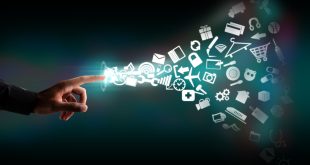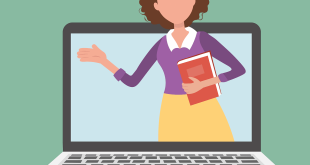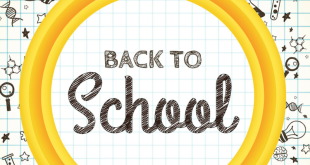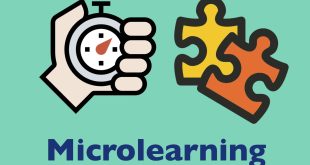 The internet has transformed various aspects of education; from the increased and enhanced availability of information to the ease of cooperation and communication between students and teachers. These changes are also leading toward future trends that are and will continue to change the way we teach. One of those trends is blended learning.
The internet has transformed various aspects of education; from the increased and enhanced availability of information to the ease of cooperation and communication between students and teachers. These changes are also leading toward future trends that are and will continue to change the way we teach. One of those trends is blended learning.
Blended learning goes beyond the use of technology in the classroom. As a matter of fact, the use of technology in the classroom does not qualify as blended learning. So just what is blended learning? And how is it applied?
Get started Skolera for FREE
Table of Contents
What is Blended Learning?
The Christensen Institute has defined blended learning as:
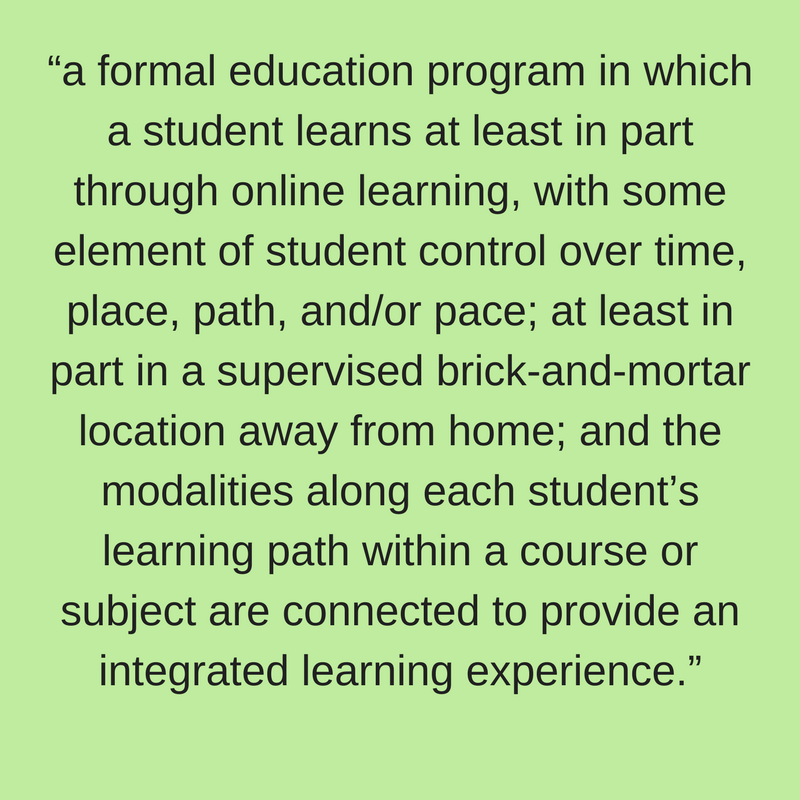
In other words, blended learning involves three parts:
- Students learning in part through online learning with some control over time, place, path, and/or pace
- A brick-and-mortar location (such as a school or learning center) away from home
- Modalities – along each student’s learning path within a course or subject – that are connected to provide an integrated learning experience.
Technology, in this case, is not used merely as an instructional tool in the class, but as a way to provide students with a more personal learning experience in which they gain some control over how they learn.
The tools and applications used in blended learning help teachers assess and support each student better with more data and grants better and easier student access to useful resources. Students are also given a wider variety of options and ways by which they can demonstrate their understanding of the content and objectives, and practice the new skills they’ve learned.
How it Helps
Blended learning enhances students’ learning experience in various ways and provides the best of both traditional and e-learning.
With regards to student and teacher communication, for instance, the group lessons and marked assignments and rubrics of traditional learning are used to ensure the material is delivered, understood, and assessed. Technology is utilized to take learning beyond the classroom, with online discussions, instant messaging, class and school calendars, and more.
Students also demonstrate their understanding of the material using the tools and features of both traditional and e-learning when blended learning is properly implemented. Paper tests and assignments are still in effect. Students also witness and handle experiments and projects in actual labs and create posters, charts, and more. The internet is utilized to create a class and student blogs, allow students to showcase their electronic portfolios, take online quizzes, and submit assignments online.
How You Can Apply Blended Learning
Join Skolera Now for FREE

Of course simple modern tools, such as email, social media, and cloud storage, already allow teachers to take learning beyond the classroom. However, using each of these unconnected and separate tools does not enhance the learning experience as much as would be desired, and may even lead to confusion, lost or forgotten files, and other similar issues.
Integrated online solutions would be a better option for a truly enhanced learning experience that provides students with the tools of control outside of the classroom while allowing teachers to organize and manage in-class lessons and online content and material.
Learning Management Systems and Blended Learning
One tool that is growing in popularity among schools and educational institutions today is the learning management system (LMS).
Learning management systems provide integrated solutions that encompass various aspects of learning and education; from providing an online channel of communication between teachers and students outside of class, to online gradebooks and assignment submission features.
Skolera, LMS, and Blended Learning
One innovative learning platform that features a unique LMS is Skolera.
Skolera not only provides teachers with tools that help upload and share content, track curriculum progress, assess students, and interact with colleagues, but it also features a virtual classroom through which teachers can teach their students from virtually anywhere and at any time.
Students are also provided with a seamless system to organize, upload, and submit work, follow up on tasks, contact and ask teachers anytime, and even contribute and take part in extracurricular groups – or zones – based on their hobbies and interests. Students can also track their progress, grades, and achievements at any time and from virtually anywhere.
Any school can effectively implement the growing and useful trend of blended learning with Skolera, a unified learning platform that will enhance and improve the school’s learning experience and academic performance.
To learn more about Skolera, click here.
Start your FREE Trial Now! Skolera LMS Blog Educational Technology Articles and News
Skolera LMS Blog Educational Technology Articles and News

